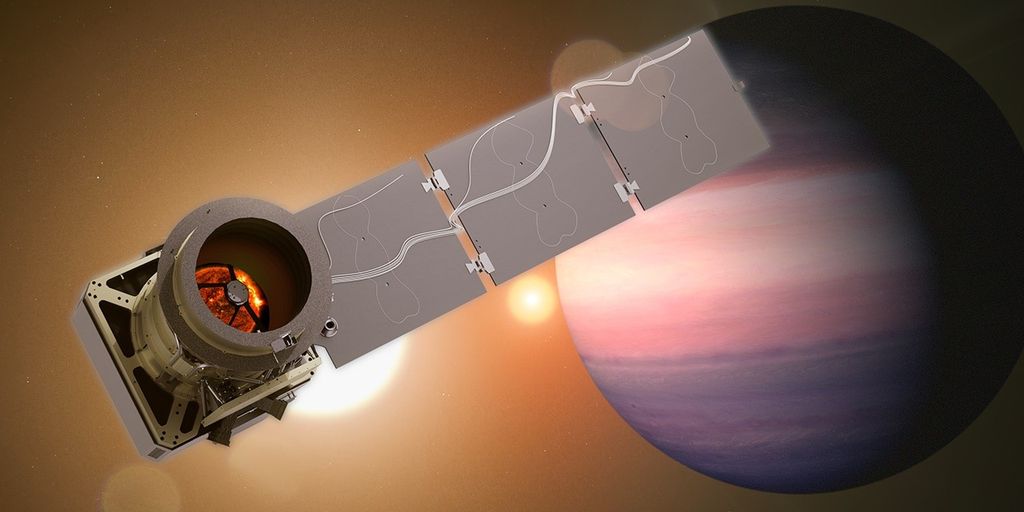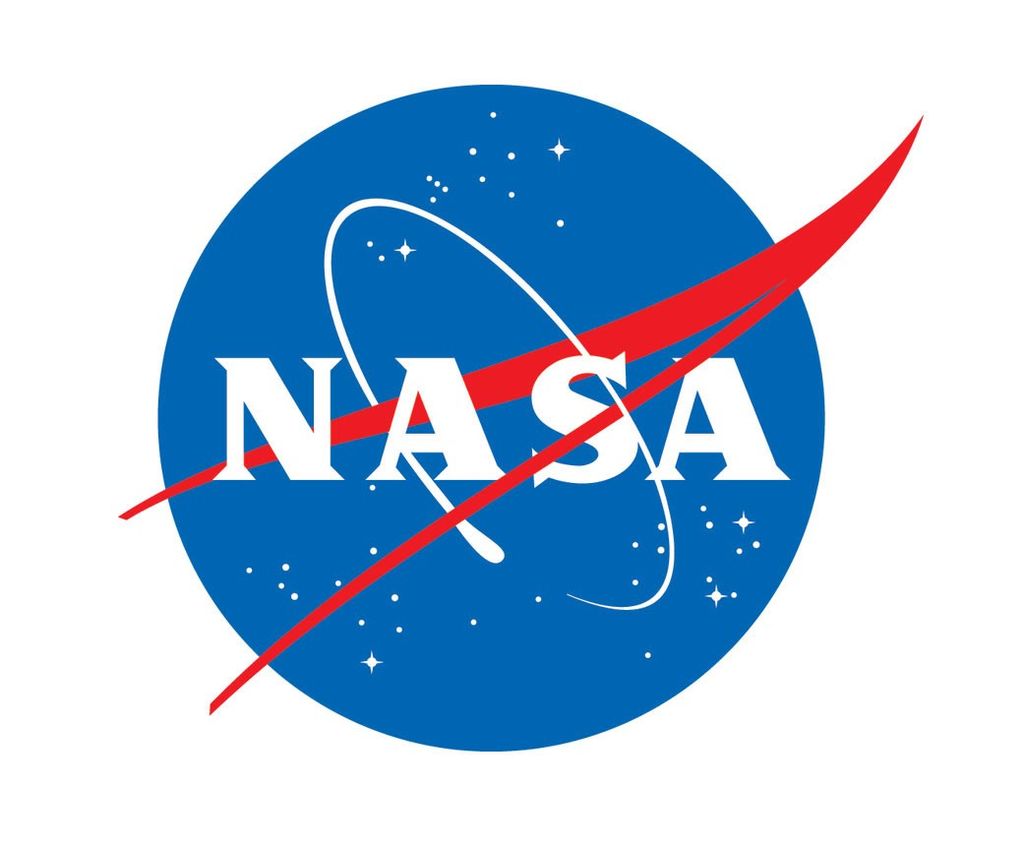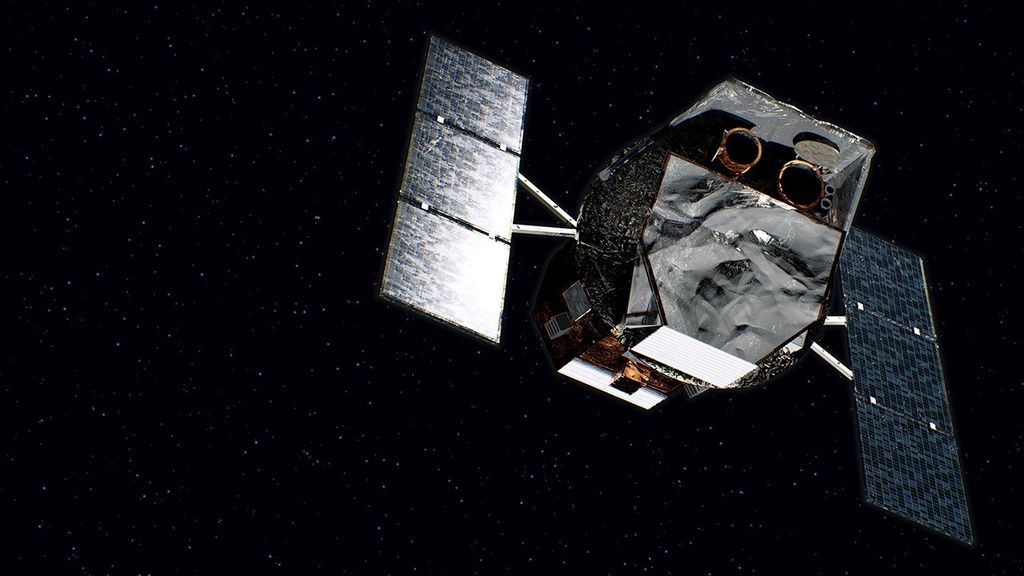Cutting Edge Medical Studies Look at Crew Fitness and Vision
Fitness research and vision studies once again topped the science schedule aboard the International Space Station on Wednesday helping doctors ensure the crew remains healthy on orbit. The Expedition 73 crewmates also worked throughout the day inspecting lab module hatches, installing research cables, and testing robotic communications.
NASA Flight Engineers Jonny Kim and Zena Cardman split their shift on Tuesday exercising while wearing sensors and breathing gear providing data to help scientists understand how the human body adapts to weightlessness. The lack of gravity accelerates muscle and bone loss in a crew member that doctors seek to understand and prevent as NASA and its international partners plan longer human missions to the Moon, Mars, and beyond.
Kim began his day pedaling on the Destiny laboratory module’s exercise cycle as the biomedical hardware measured his heart and breathing rate. An astronaut’s aerobic and cardiovascular health is critical to ensure readiness for strenuous physical tasks such as a spacewalk or the return to Earth’s gravity after several months, or even years, in space. Cardman worked out in the Tranquility module jogging on the treadmill then doing deadlifts, curls, bench presses, and other exercises on the advanced resistive exercise device (ARED). She was wearing the sensor-packed Bio-Monitor vest and headband measuring her health data for the exercise portion of the CIPHER suite of 14 human research studies.
Flight Engineer Kimiya Yui of JAXA (Japan Aerospace Exploration Agency) led an eye exam and operated medical imaging gear that NASA Flight Engineer Mike Fincke peered into as personnel on the ground monitored in real time. Doctors are studying how microgravity affects the eye structure including the lens, retina, and optic nerve to understand potential vision issues during space missions and after the return to Earth.
Earlier, Yui worked in the Kibo laboratory module on CubeSat hardware while Fincke replaced components on the ARED in Tranquility. Fincke then spent half-an-hour checking and replacing hatch seal segments in the Destiny lab. Kim and Cardman joined in the hatch work at the end of their shift inspecting hatch seals in Destiny and the Unity modules.
Station Commander Sergey Ryzhikov and Flight Engineer Alexey Zubritsky, both from Roscosmos, spent the first half of their shift inside the Nauka science module routing cables for an experiment studying semiconductor manufacturing in space. After lunchtime, the cosmonauts prepared research hardware for a biology investigation they will work on Thursday to explore how microgravity affects the digestion system.
Roscosmos Flight Engineer Oleg Platonov kicked off his shift in the Zvezda service module working on ventilation system maintenance. Platonov also collected radiation measurements from sensors throughout the station’s Roscosmos segment. He also tested remote control communications between the European robotic arm and mission controllers in Moscow.
Learn more about station activities by following the space station blog, @space_station on X, as well as the ISS Facebook and ISS Instagram accounts.
Get the latest from NASA delivered every week. Subscribe here.




























